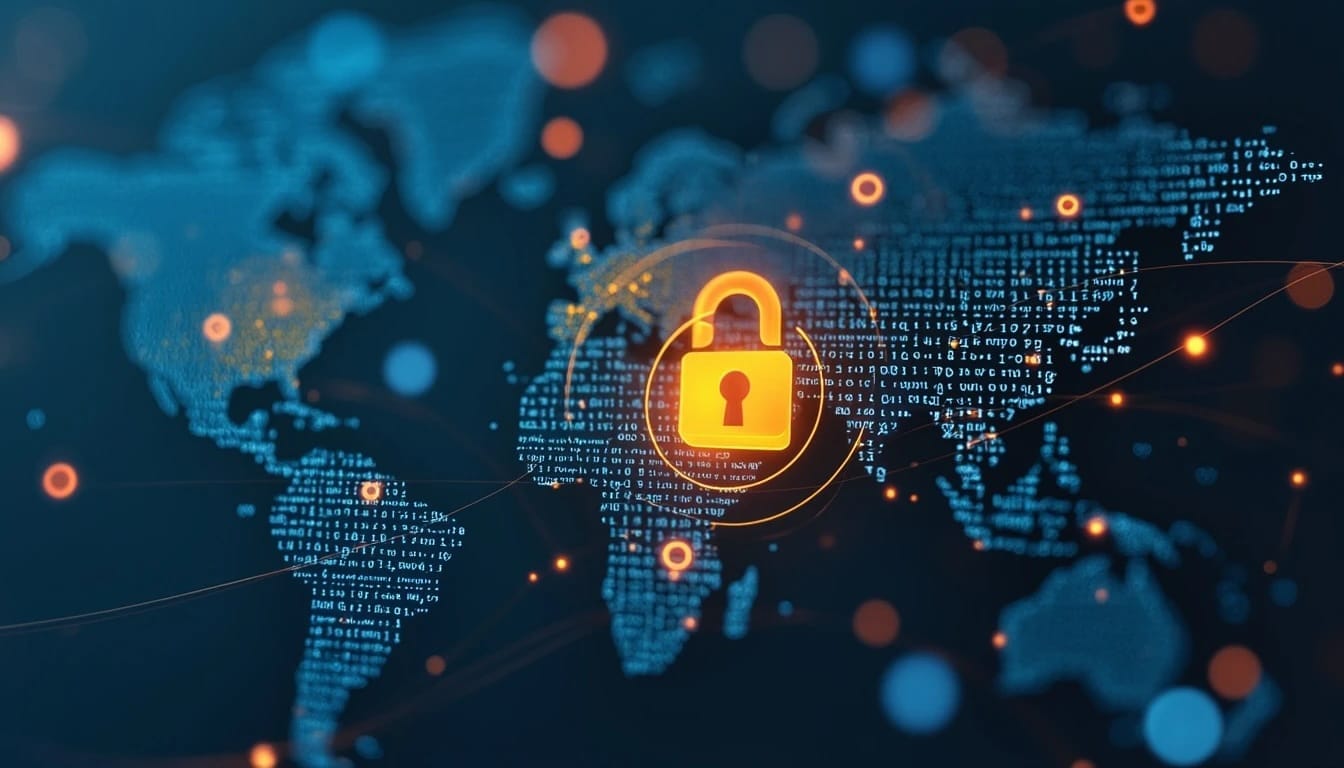The transformation of the regulatory landscape requires global organizations to integrate cybersecurity at the core of their corporate strategy
The NIS2 Directive of the European Union is marking a turning point in global cybersecurity regulation. While the ISO/IEC 27001 standard has been the reference for information security management for years, the legal obligations introduced by NIS2 present new challenges for companies operating in Europe. The key to addressing these challenges lies in technical and executive leadership, which must translate these regulatory demands into operational resilience and competitive advantage.
From Voluntary Certification to Legal Obligation
ISO 27001 provides a voluntary framework for identifying, managing, and mitigating information security risks. In contrast, the NIS2 Directive imposes binding legal obligations, including strict incident notification times (24 hours), supply chain controls, and continuity and governance requirements. This transition compels organizations to adopt a proactive and strategic view of cybersecurity.
As indicated in the text of the directive, senior management is responsible for ensuring compliance. Therefore, integrating cybersecurity into the business plan and ensuring accountability at the board level is no longer an option but a requirement.
Five Key Axes to Harmonize Regulations and Act Globally
In an increasingly complex regulatory compliance environment, organizations must adapt their approach to the specificities of each EU member state. Here are the five pillars that leaders should address to achieve an effective transition to NIS2 compliance:
- Jurisdictional Variability: Member states are transposing NIS2 with different approaches. For example, Italy requires detailed management responsibilities, while countries like Lithuania do not mandate periodic audits. This necessitates localized compliance plans that are aligned globally.
- Integration of Incident Response: The 24-hour notification window requires the need for real-time monitoring systems that interface with the controls established by ISO 27001, especially concerning vulnerability management.
- Interdepartmental Collaboration: The responsibility for cybersecurity no longer rests solely with IT teams. Legal, procurement, and executive management areas must actively participate in third-party risk assessments and strategic decision-making.
- Continuous Training: It is vital to invest in training programs that address both technical aspects (such as encryption standards or log analysis) and cultural aspects (such as whistleblower policies or ethical incident management).
- Leveraging Existing Frameworks: Companies with ISO 27001 certification can map between 70% and 80% of the NIS2 requirements, focusing the gap analysis on the most novel aspects, such as government cooperation protocols or structured incident reporting.
Leading with Vision: Compliance as a Competitive Advantage
Rather than viewing compliance as a bureaucratic burden, visionary leaders can turn it into a strategic leverage point. To do this, they must adopt a systems mentality, investing in automation, reducing technical debt, and creating institutional capabilities for continuous adaptation.
This involves establishing communication channels between compliance teams and innovation teams to ensure that the principles of “security by design” are present in initiatives such as AI adoption, quantum computing, IoT deployments, or cloud migrations.
Metrics-Based Governance and Digital Transformation
Governance should be data-driven. Executive dashboards should include both compliance indicators (such as audit findings) and effectiveness metrics in security (such as mean time to detect breaches or false positive rates).
Moreover, any digital transformation project should begin with risk assessments aligned with NIS2, rather than as an add-on later. Only then can it be ensured that regulatory compliance is not a hindrance to innovation but an enabler.
In Summary
NIS2 marks the beginning of a new era in European cybersecurity. Organizations that can anticipate, integrate regulatory frameworks, and turn compliance into an organizational capability will emerge strengthened in terms of reputation, efficiency, and competitiveness.
The future of compliance is not static but dynamic. It requires technical and strategic leadership capable of understanding that security is not a destination but a continuous process of improvement, adaptation, and cross-functional collaboration.
Companies that understand this reality will not only avoid sanctions but will position themselves as leaders in an increasingly demanding and regulated environment.

